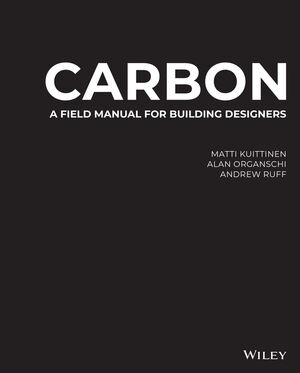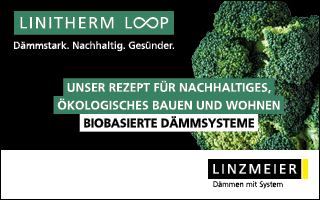
Sustainability labels, circular economy or climate protection have all in common that CO2 – or carbon – is seen as the lead indicator. Carbon and other indicators are determined in a Life Cycle Assessment (LCA) on material, product or structural level. This is at first a process done by environmental scientists and LCA-experts. But as all environmental topics are more and more interrelating with building and construction design it becomes also more important that architects and engineers not only use carbon and other indicators as they are “given” but understand their determination, uncertainties and limitations, but also the different options and concept to influence them. This involves also the manufacturers, suppliers and building contractors who play an important role in the value chain and thus tracing carbon properly. Consequently, determination and transparent communication of the lead indicator carbon along the whole value chain shall be one of the key measures towards truly sustainable construction.
The book addresses this up-to-date, vibrant topic from a construction perspective. Chapter 1 provides some overview of carbon and the related challenges as a helpful background. In chapter 2 the real learning starts with explaining Life Cycle Assessment, which is in construction divided into the stages of the building life cycle enabling the separate determination. System boundaries, scenarios, uncertainties, cut-off rules are discussed, before the different LCA stages are looked at in detail. This goes along with some small, helpful calculation examples as well as informative drawings. Further databases and environmental product declarations (EPD) as sources of LCA data are introduced. As this is a wide field and the section is not specifically for German speaking countries it can only be a helpful introduction. Also impacts from transportation or construction as well as operation and maintenance are touched. The much discussed end-of-life stage could have been discussed a bit more, especially the relevant scenarios of widely used materials such as concrete, timber or steel.
With the following chapter 3 we finally get to the essential building designer work with two case studies in decarbonization of a high school from the US and a housing block from Finland. The focus is clearly on timber products such as gluelam, CLT or OSB panels. Tables and drawings show the LCA results of building components with additional descriptions of emissions, carbon storage, mitigation potentials of the emissions or circularity options in a simple way. Interesting is also the comparison of the CO2 emissions of the two buildings per square meter for all stages.
Chapter 4 looks then a bit more into decarbonization design which comprises many aspects the designer shall consider such as material selection, member and building lifespans, morphology, building assembly, operation, design for disassembly but also documentation. And chapter 5 finally draws a future picture of buildings that capture and store more carbon than they emit, neutralizing anthropogenic carbon emissions.
A recommendable book to get started with LCA in building construction with focus on CO2 or carbon as well as concepts for decarbonization. Different construction materials are not discussed in detail as wood seems the preferred solution. The basic LCA aspects are presented in an easy to follow manner, but further background on LCA as well as on the actual carbon calculations is short. Also worth to mention: many specific LCA terms which are helpful in discussing with LCA experts such as cradle-to-gate, end-of-life, end-of-waste or closing the loop are addressed in easy to understand words.
Carbon: A Field Manual for Building Designers
Alan Organschi, Matti Kuittinen, Andrew Ruff (2022)
Hoboken: John Wiley & Sons
272 S., Hardcover, 57,90 Euro

